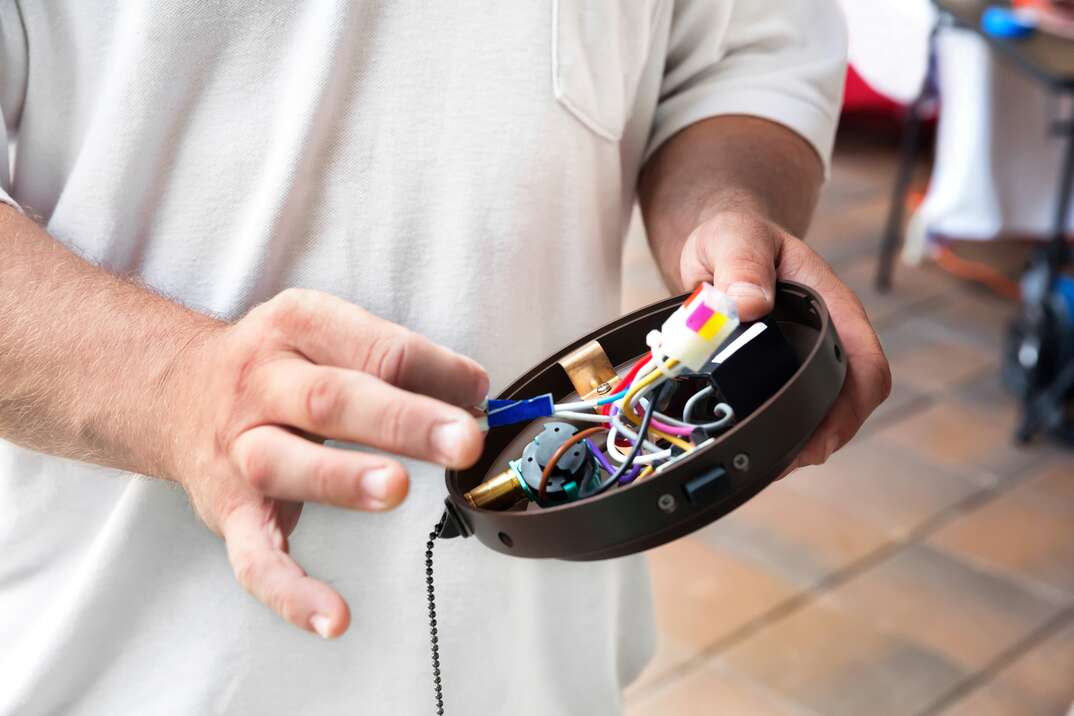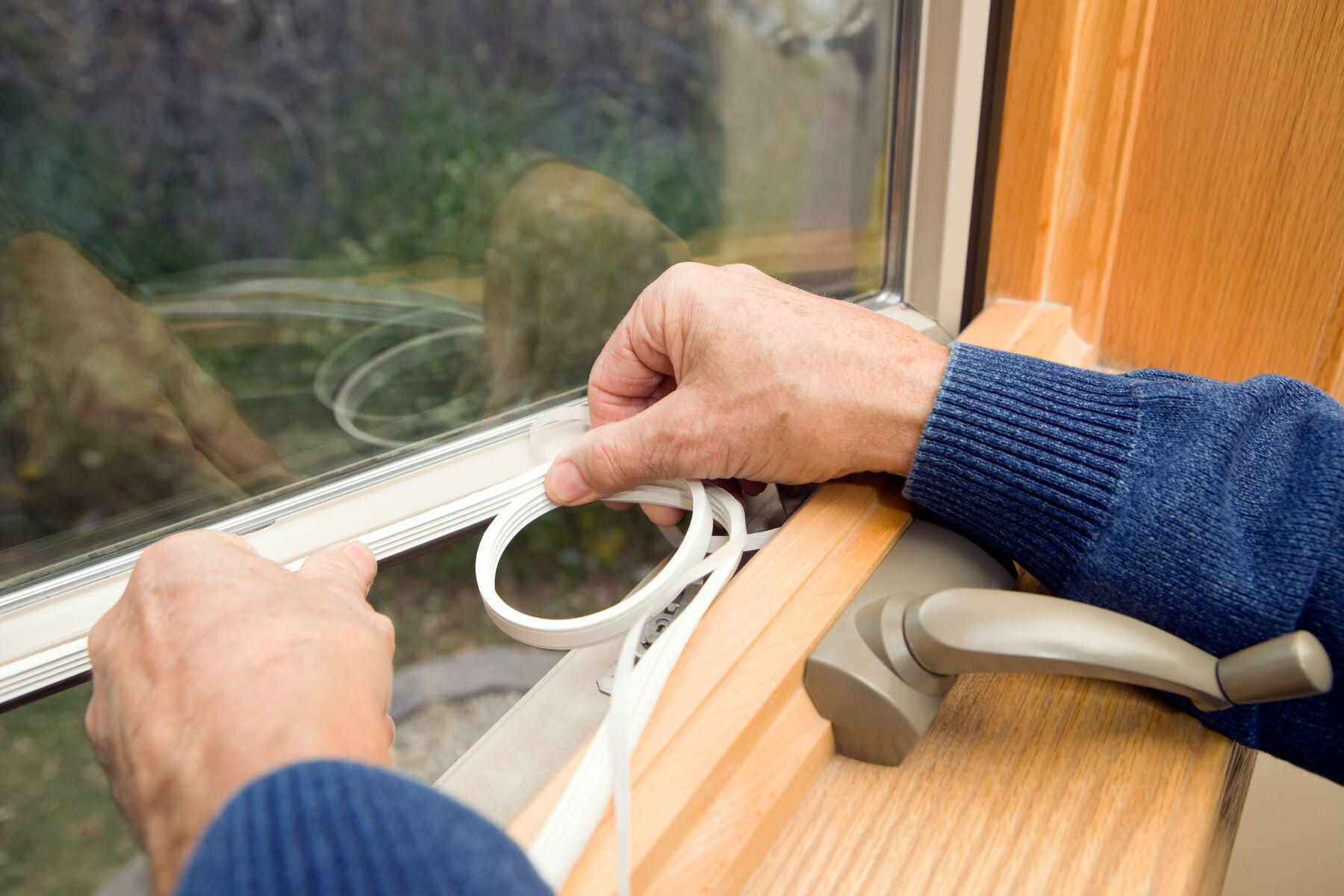How to Hack HVAC Airflow: 6 Tips for Better Temperature Distribution

Some days, it seems like one room is too cold, one room is too hot and finding a room that feels just right is almost impossible.
This May Also Interest You: HVAC System Stop Working? Try These Troubleshooting Tips Before You Call for Service
Understanding how to even out temperature in a house ensures comfort across your home and helps reduce energy bills. Fortunately, there are ways to distribute hot and cold air in the home to make temperature distribution more efficient.
How to Even Out Temperature in a House
Knowing how to evenly distribute heat in a house helps you stay comfortable all year long, and the same methods can be used for air conditioning and heating units. Here are six tips for preventing uneven temperature in a house.
1. Use Fans to Enhance Airflow
Fans move cooled or heated air around your home and make it easier to make temperature adjustments in specific rooms. Ceiling fans that can be switched to turn in either direction let you push cool or warm air up or down as the seasons change.
The fan on your HVAC system can also be set to operate continuously. This helps the system push hot or cold air out into various rooms, even during periods when the air conditioner or heater has stopped running.
2. Create a Zoned System
A zoned HVAC system heats or cools different rooms or floors separately. Individual thermostats in each area help monitor the temperature for that zone, and the HVAC system adjusts its output using dampers in the ducts leading to that section of your home.
3. Focus on Your Thermostat
Placement and accuracy are two things to look at when considering the impact of your thermostat on overall HVAC efficiency. Replacing an older thermostat with a modern smart thermostat can help ensure an accurate reading of the current temperature in your home.
Where you put your thermostat also matters. It should be in a central location in the home, not near the kitchen or other areas where excess heat might cause it to record higher temperatures or in a distant corner room where the ambient temperature is lower or higher than the rest of the home.
4. Insulate Properly for Better Temperature Regulation
Poor insulation lets cooled or heated air escape your home, which wastes energy and makes it harder to balance the temperature. Attic and wall insulation should be inspected and updated as needed, and you should assess doors and windows for gaps that could reduce heating or cooling efficiency.
5. Adjust Your Home Interior for Efficient Cooling and Heating
Check your air vents to ensure that furniture, rugs or curtains aren't blocking airflow. Blackout curtains keep harsh sunlight from raising the temperature in specific rooms, and door draft stoppers create a seal at the bottom of doors leading to the outside.
If some rooms are closed off from others in your home, you may want to adjust the air vents to reduce uneven cooling or heating. You can close or partially close specific air ducts to precisely control airflow.
6. Consider Strategic Landscaping
Trees and bushes that provide shade over specific areas of your home can help keep those rooms cool in the summer or warm in the winter.
More Related Articles:
- What’s an Air Handler?
- Gimme a Tax Break: 5 Things to Know to Get the Latest HVAC Tax Credits and Rebates
- How Much Does HVAC Repair and Maintenance Cost?
- Replacing Your HVAC Filter Is a Breeze! Follow These 7 Steps ...
- Is an HVAC Tune-Up Worth the Price? (Yes, Yes It Is)
Prioritize HVAC System Maintenance to Improve Performance
Regular HVAC maintenance ensures your central air conditioning and heating unit is running as smoothly as possible. An HVAC system operating at top capacity has an easier time keeping rooms at a consistent temperature.
Help Your HVAC System Keep Your Home at an Even Temperature
Ensure you have the correct sized HVAC unit for the size of your home. A unit that is too small may have trouble cooling or heating your entire home. If you have temperature zones in your home, make sure each area has an appropriately sized air conditioner and heater for the square footage of that zone.
Clean and replace air filters on a regular basis. Dirt, dust and pet hair can clog air filters and reduce the energy efficiency of your HVAC system.
Schedule an air duct cleaning and inspection. Ducts can develop a buildup of dust and debris over time, and leaky ducts could be letting air from your HVAC system escape into the neighborhood instead of staying inside your home. Having your ducts professionally cleaned keeps your HVAC system operating at full capacity.
Have a professional do a maintenance check on your HVAC system once a year. This can head off potential problems and let you identify any parts of the system that aren't performing as well as they could.


